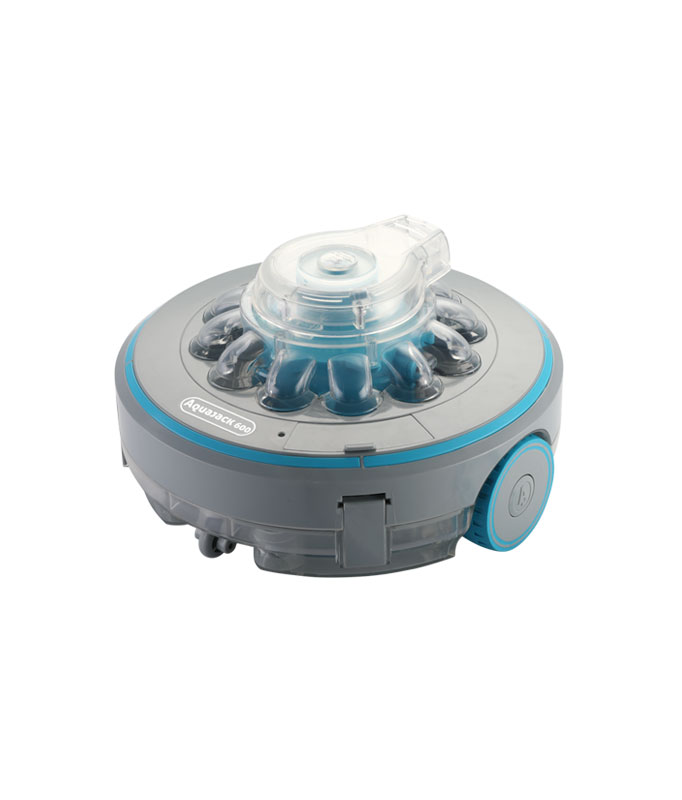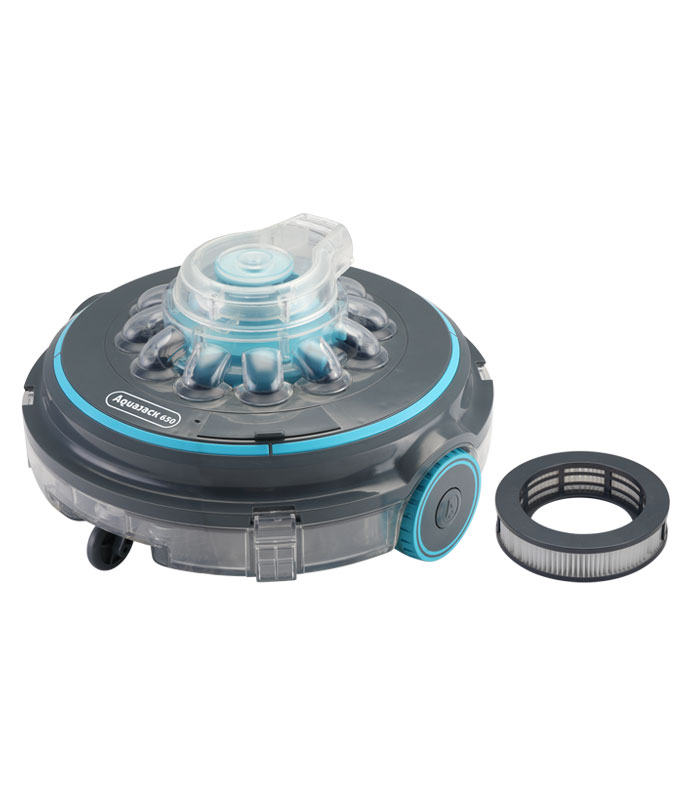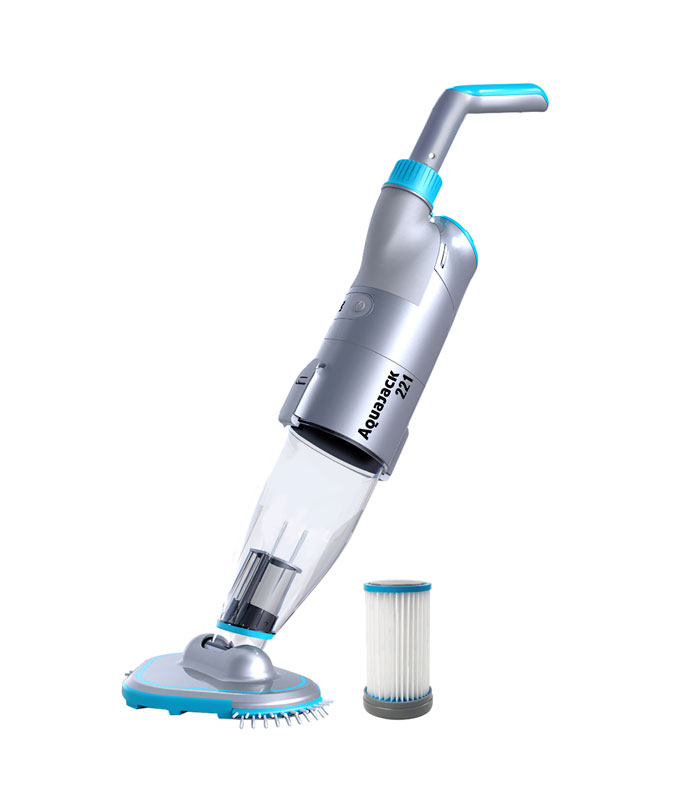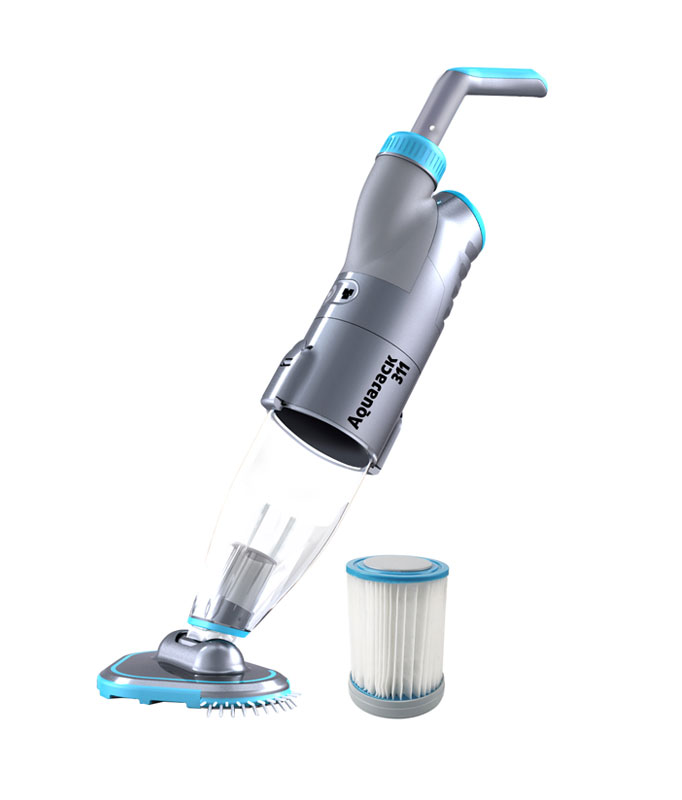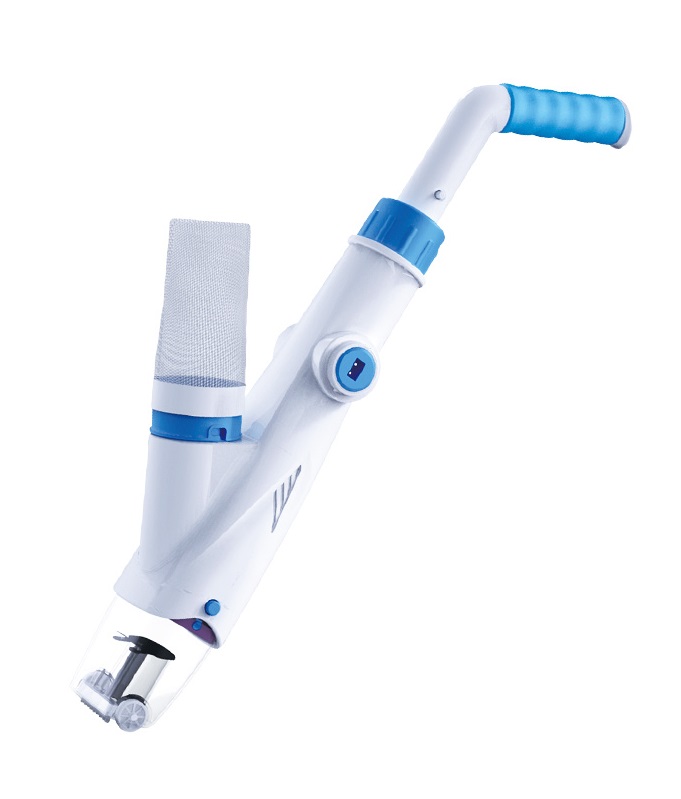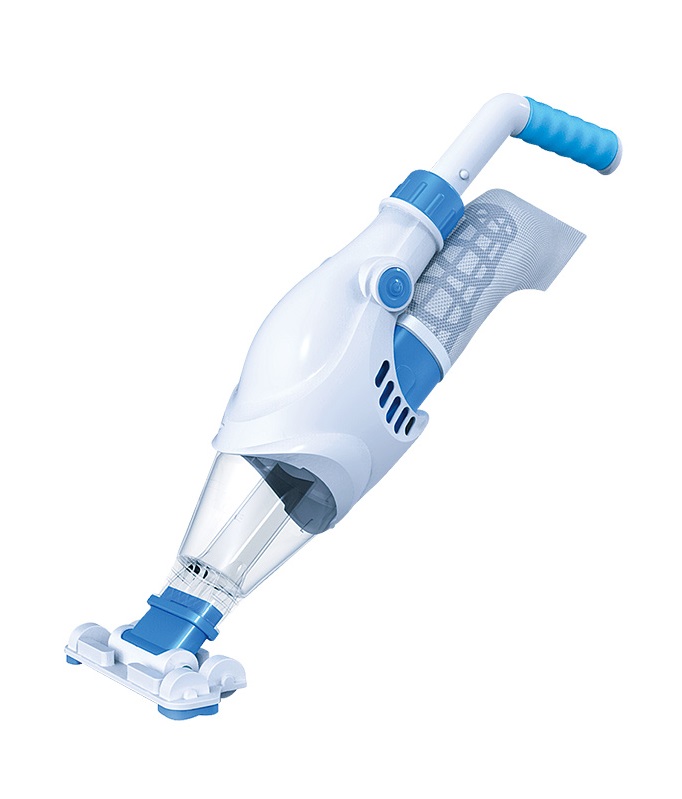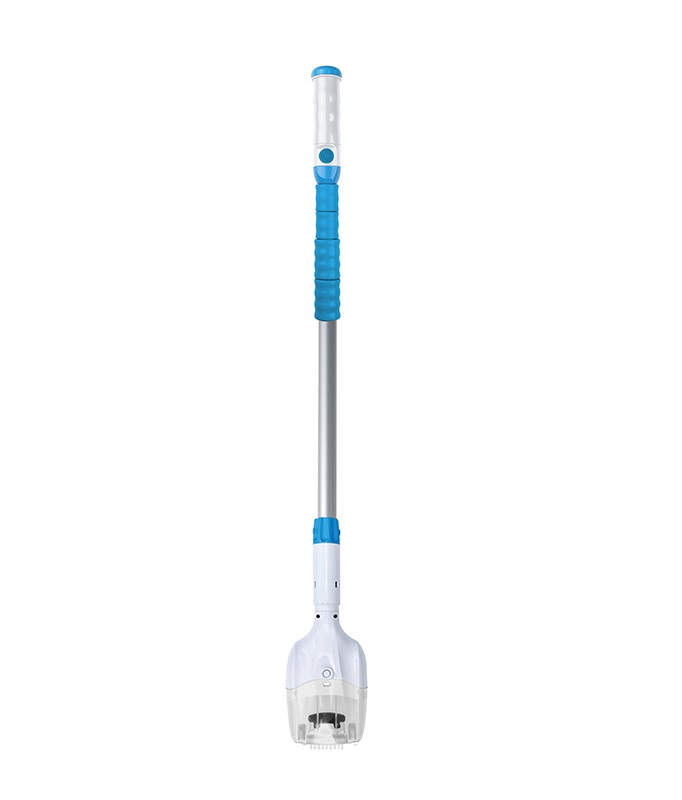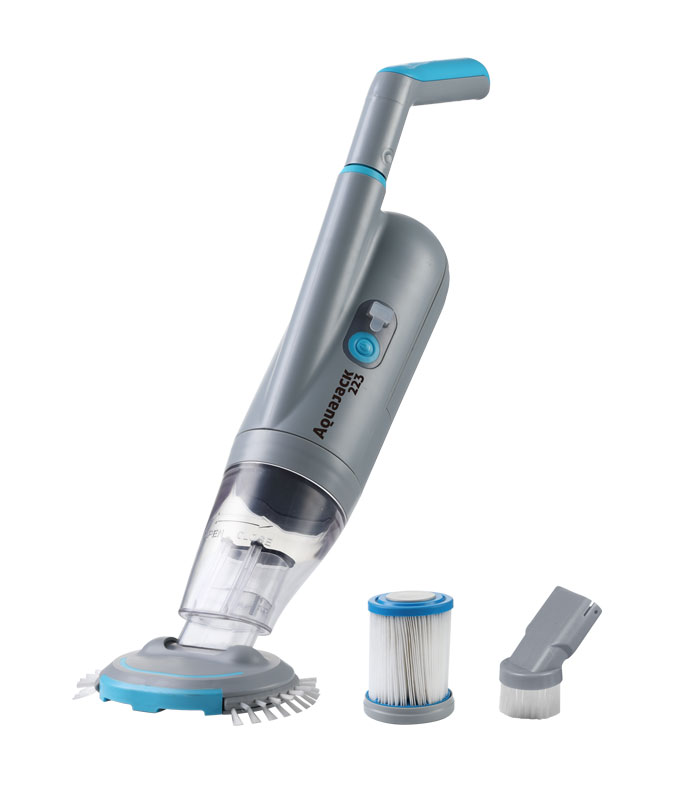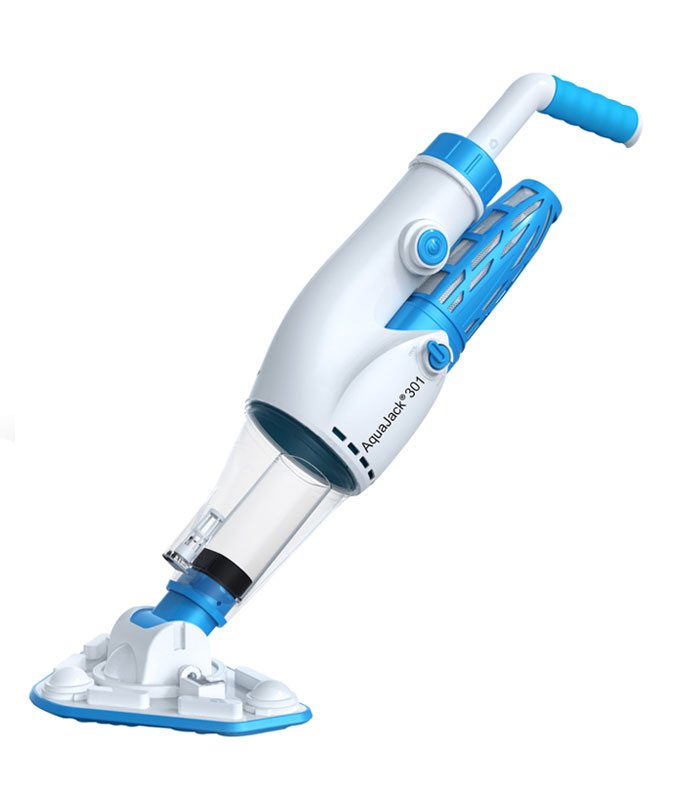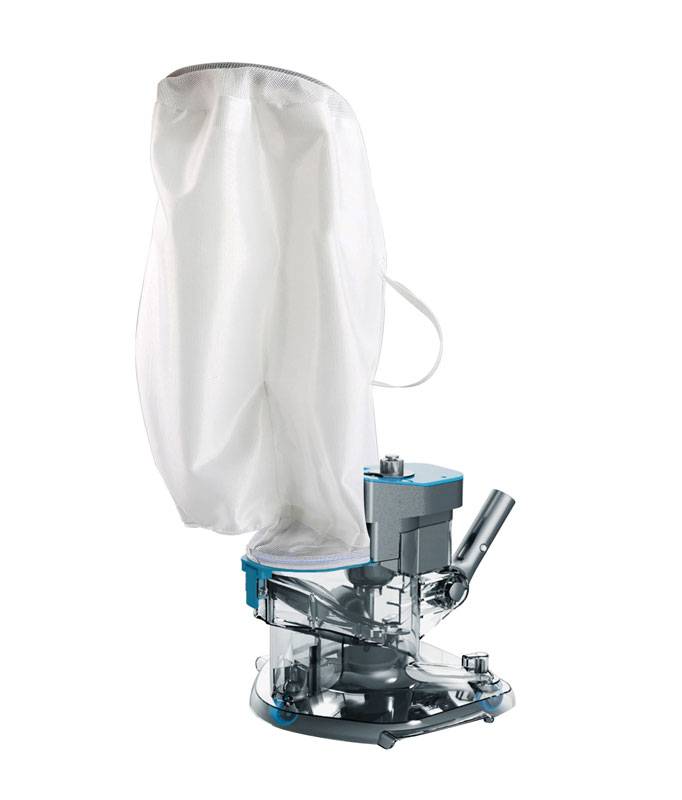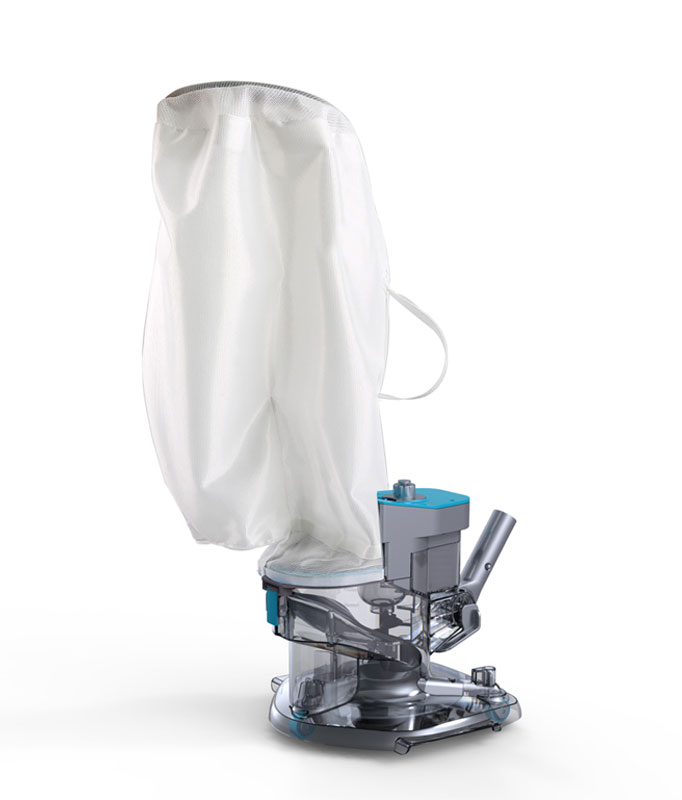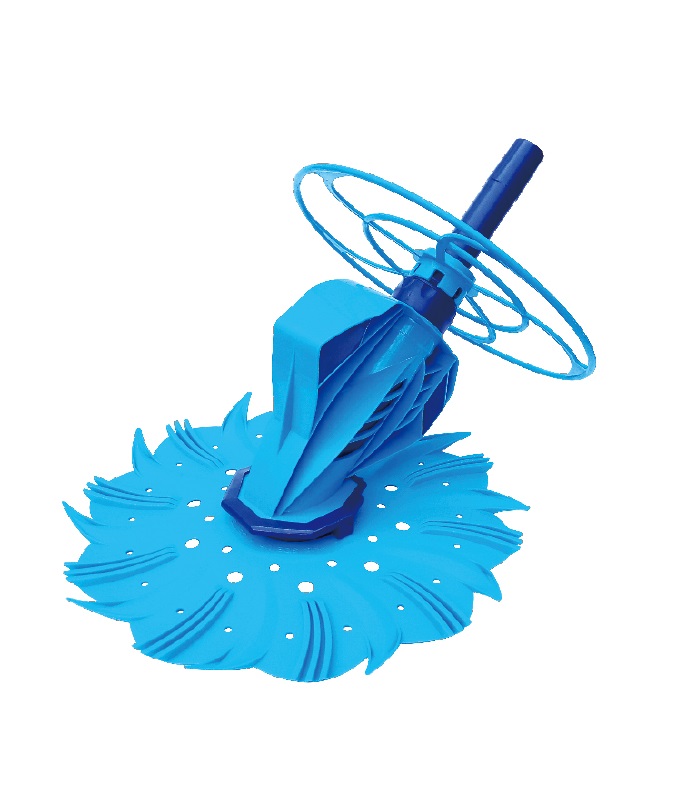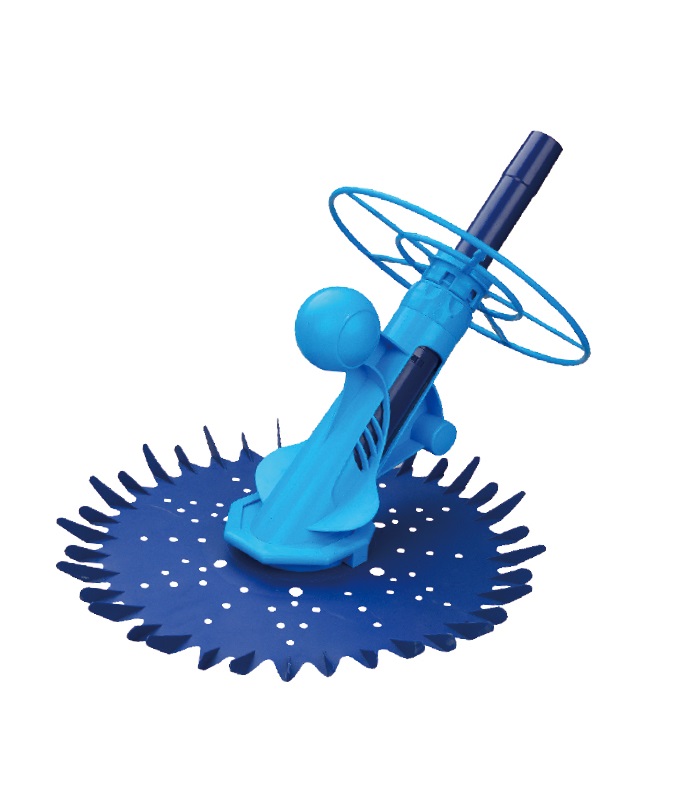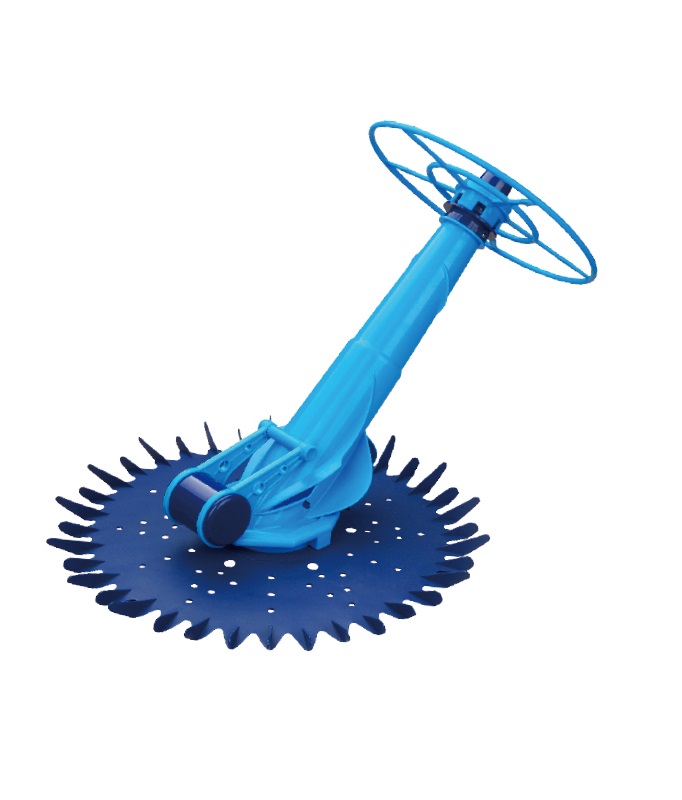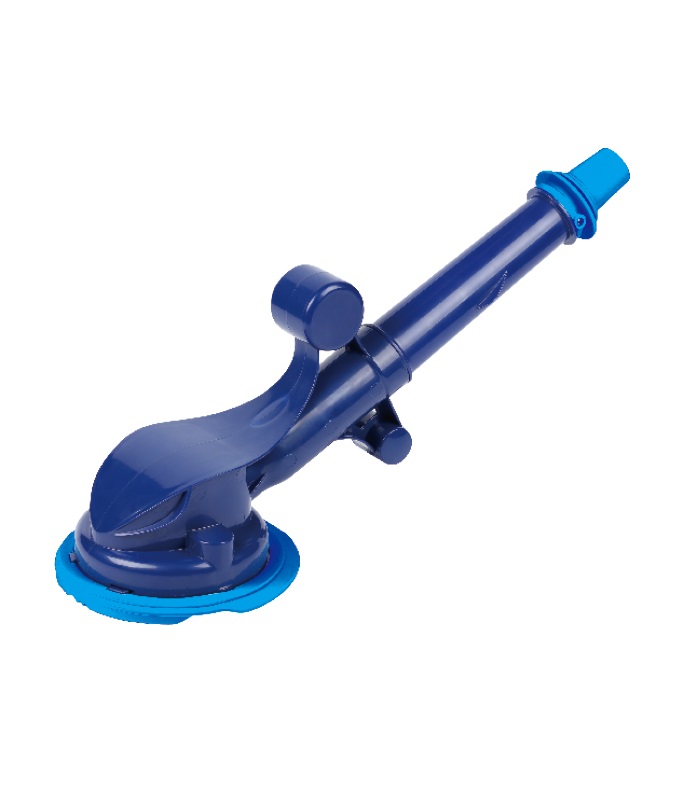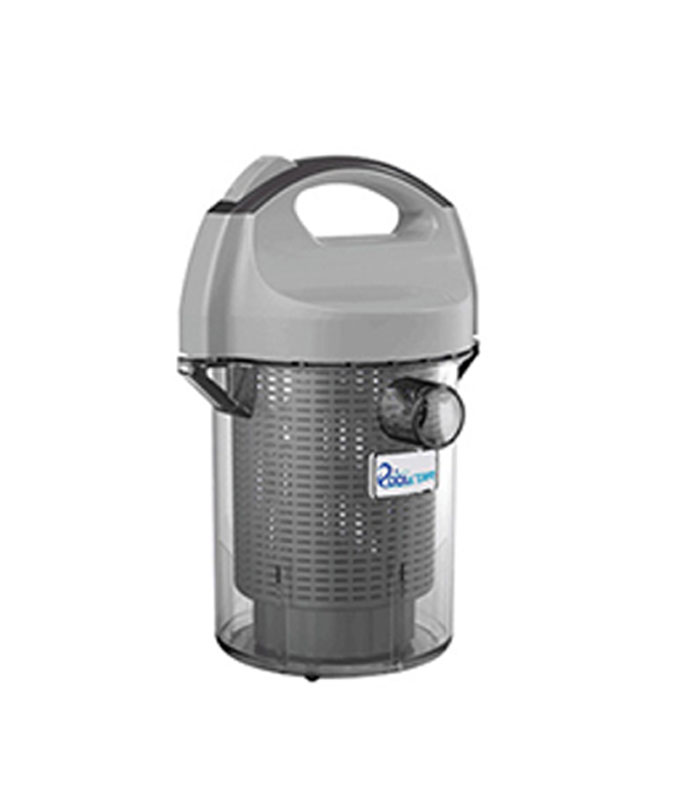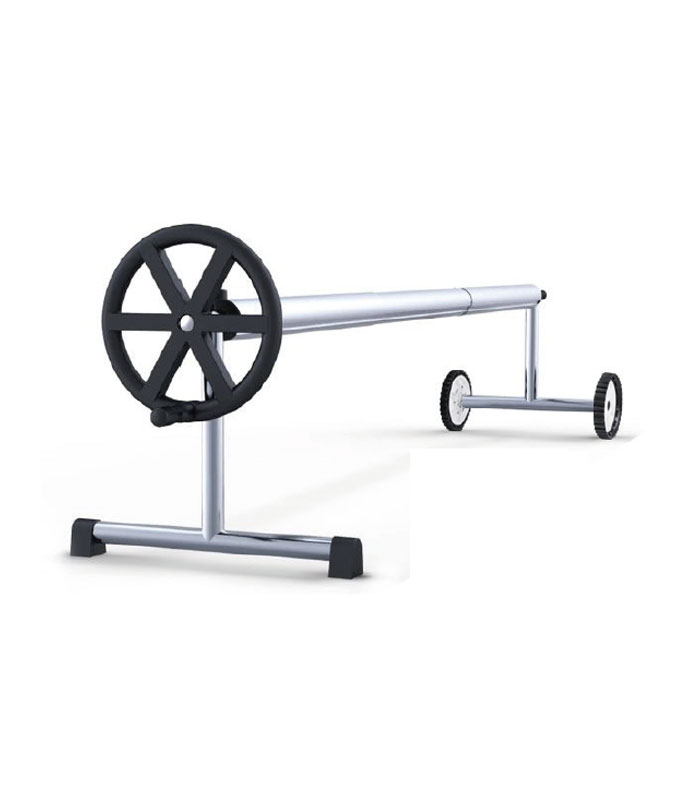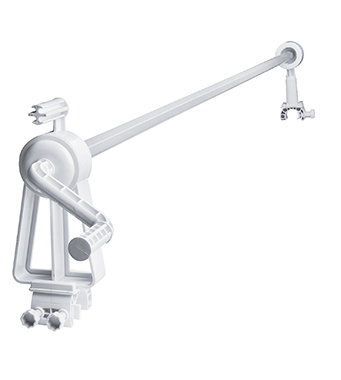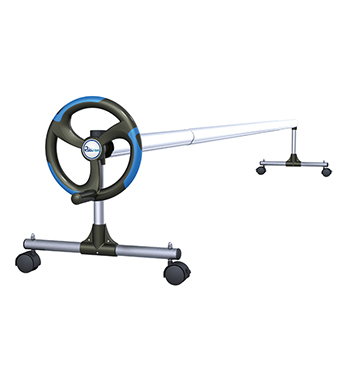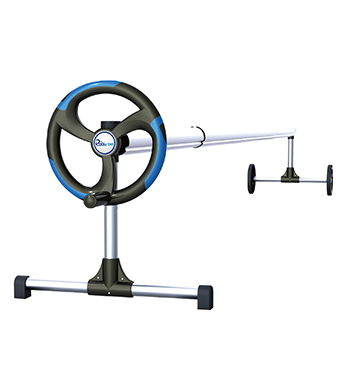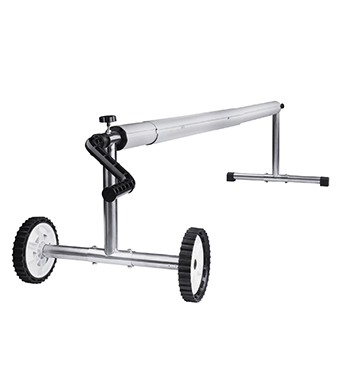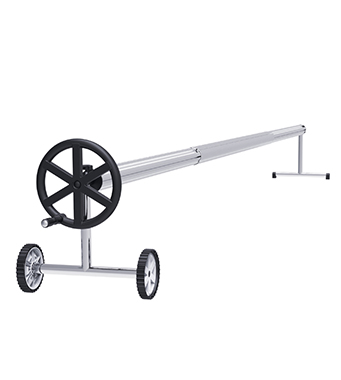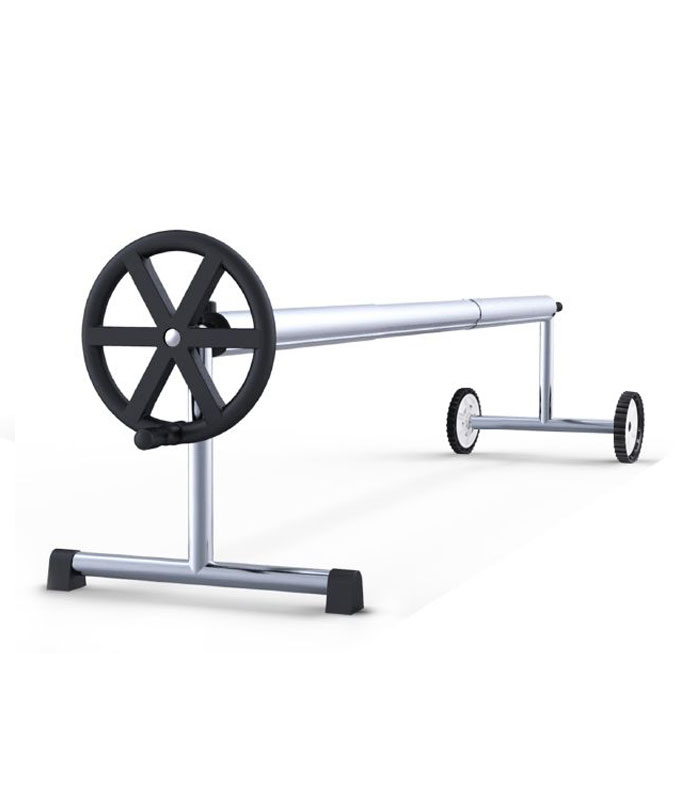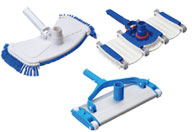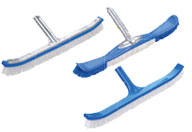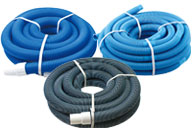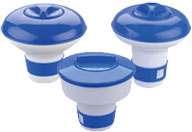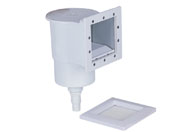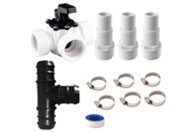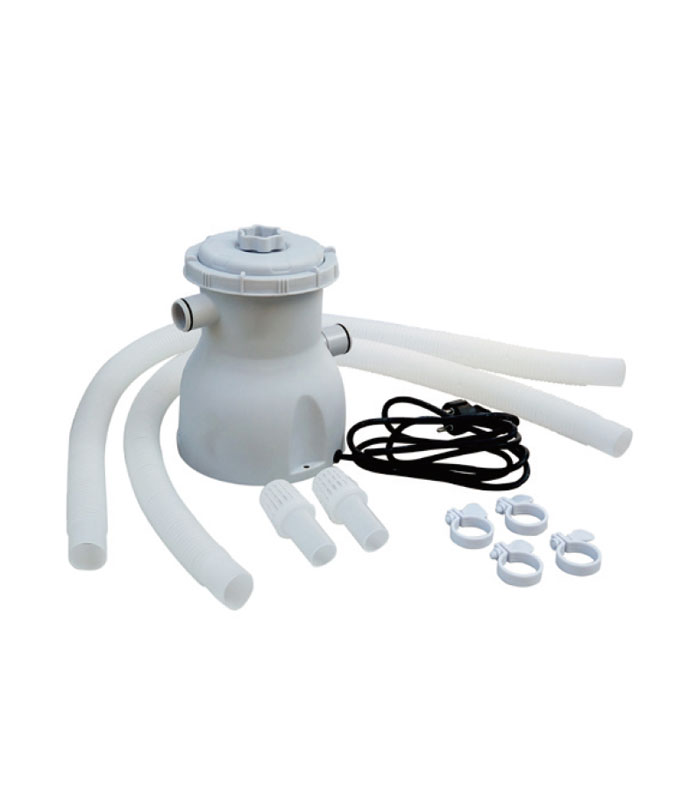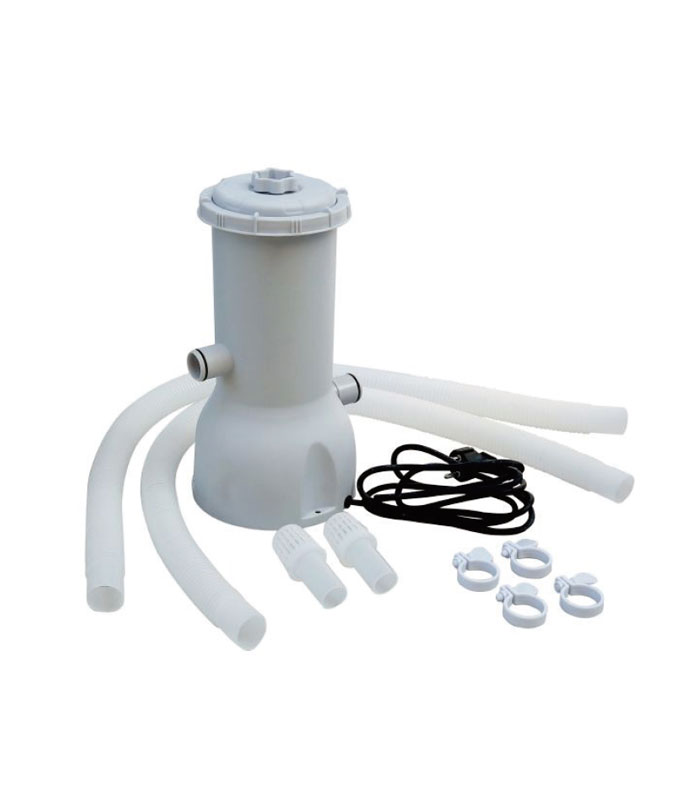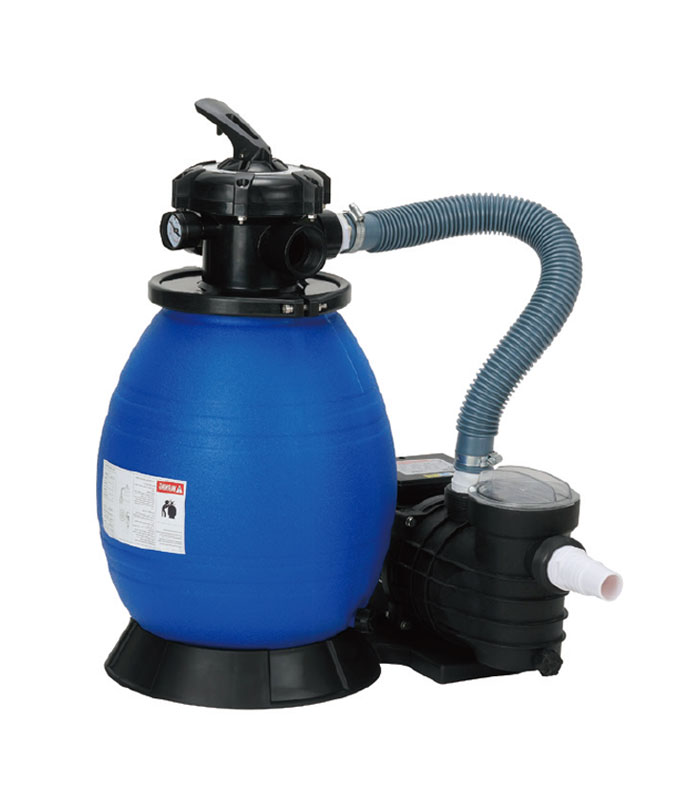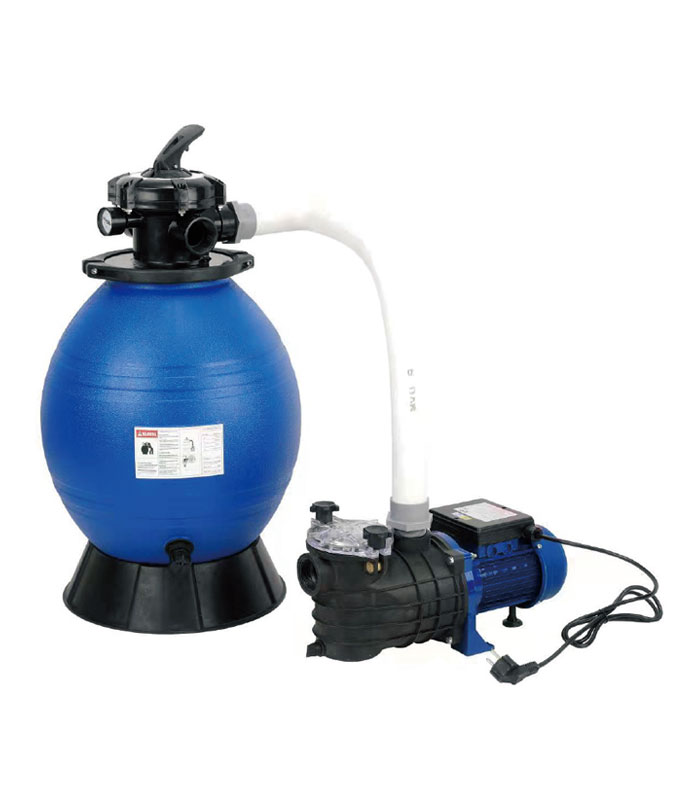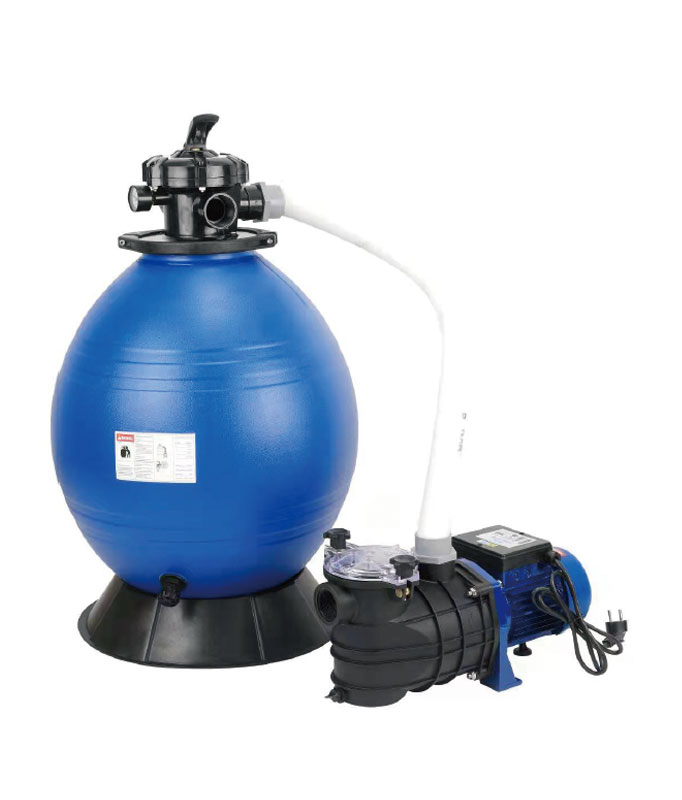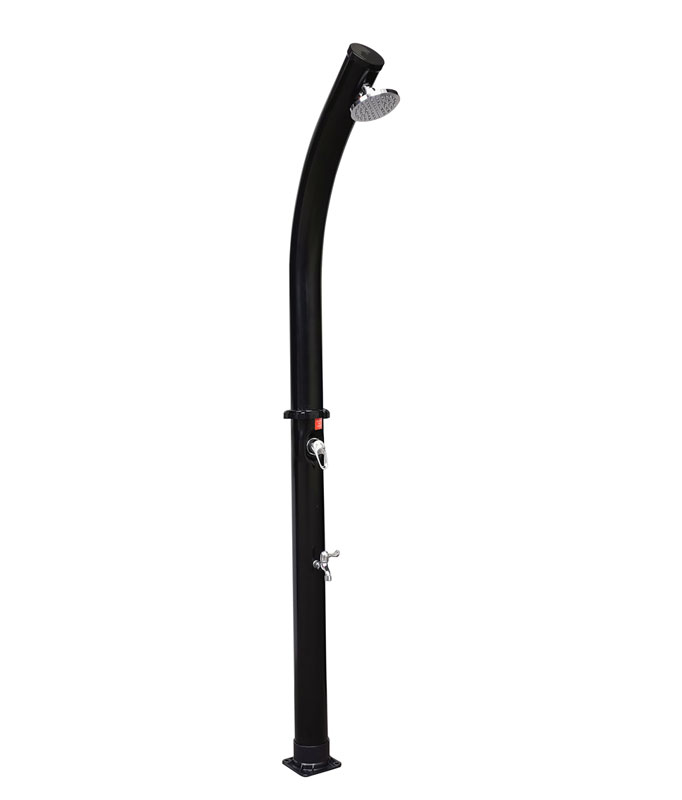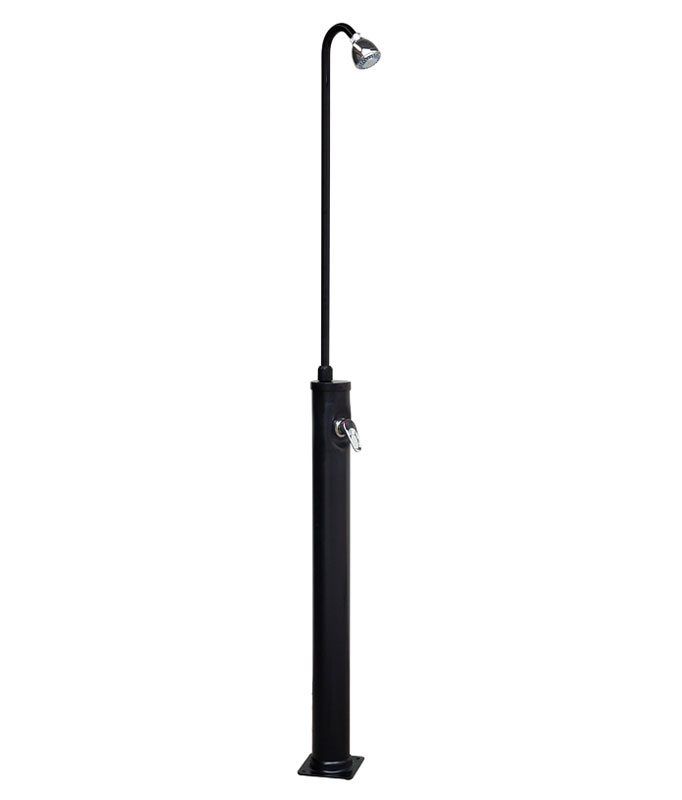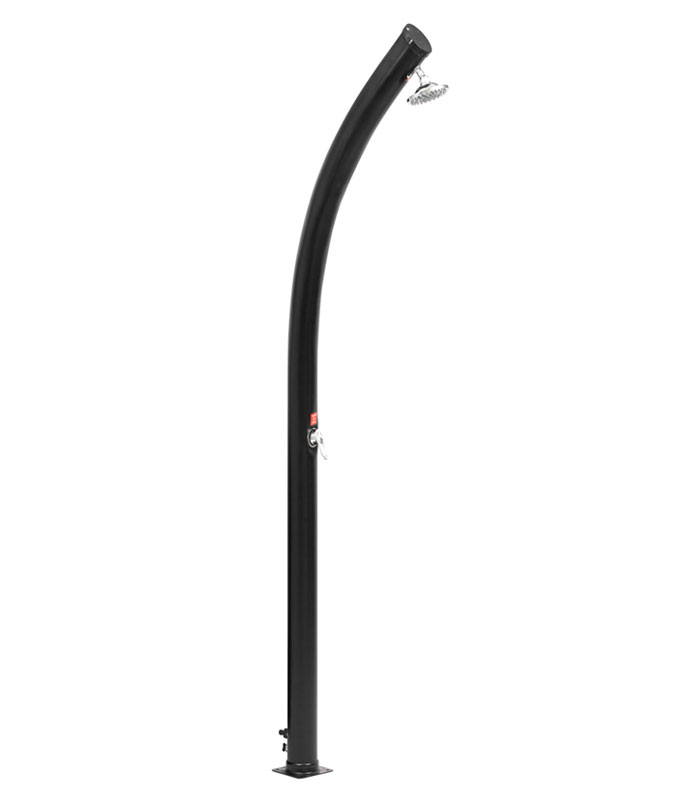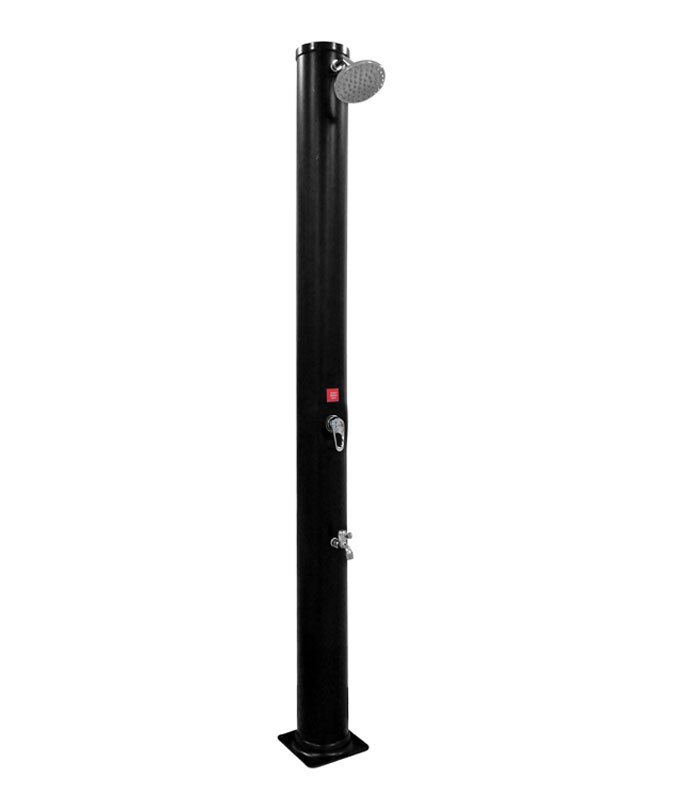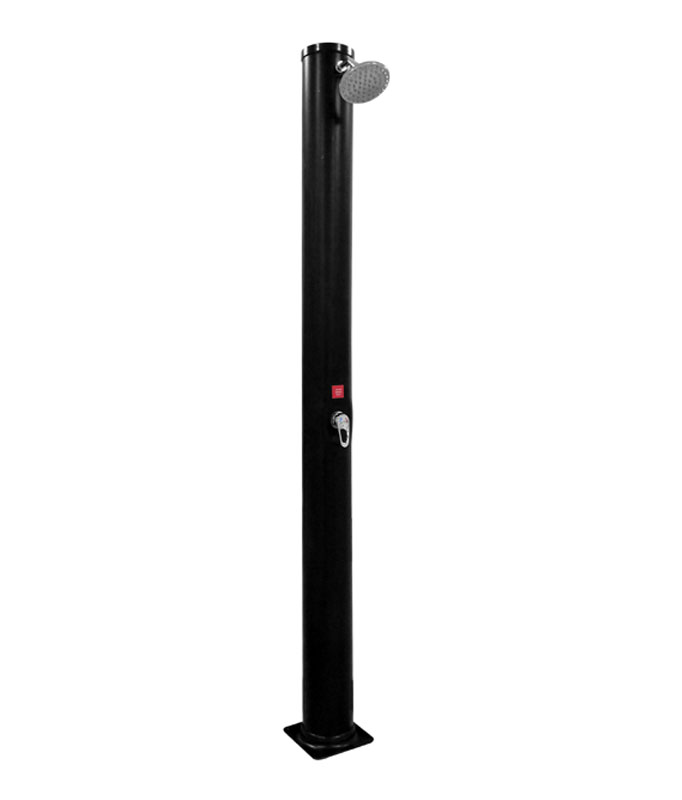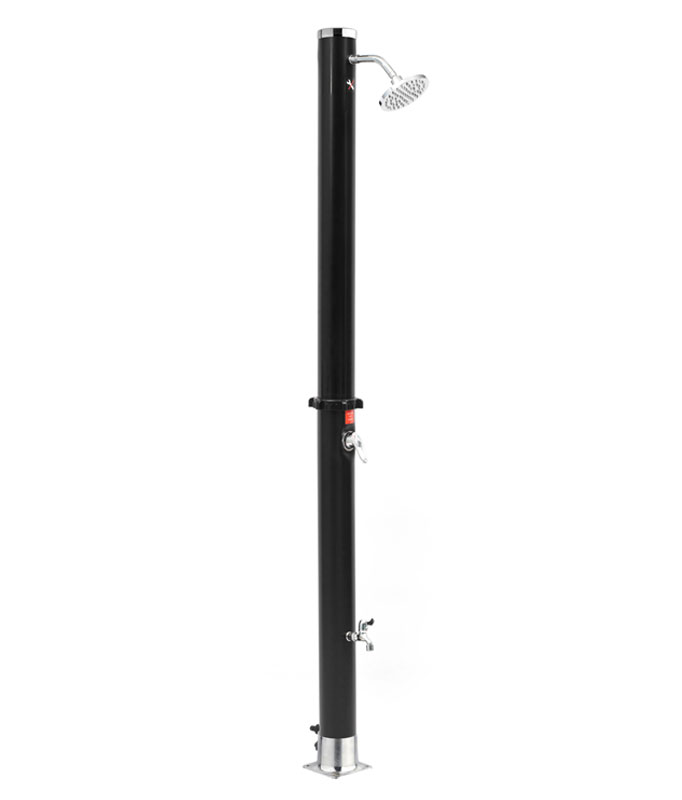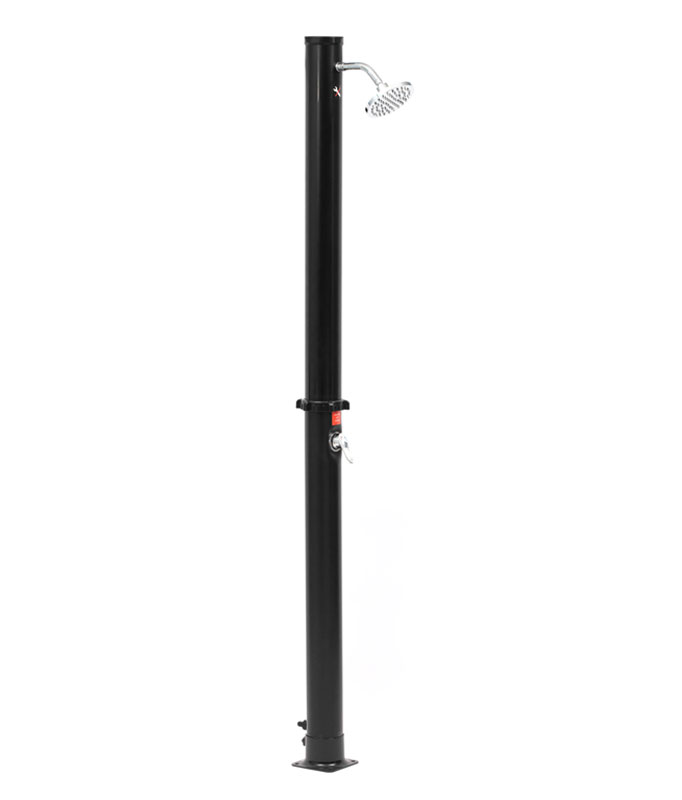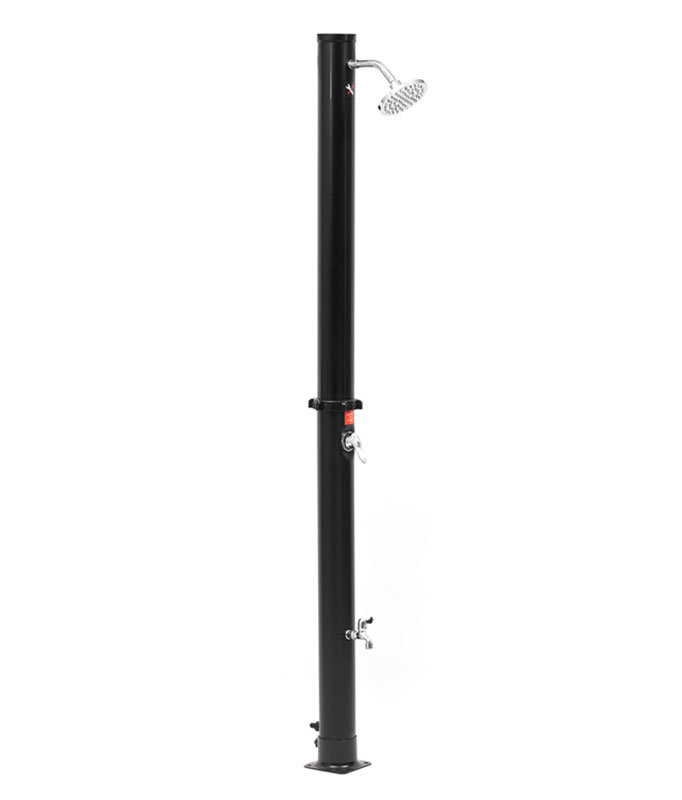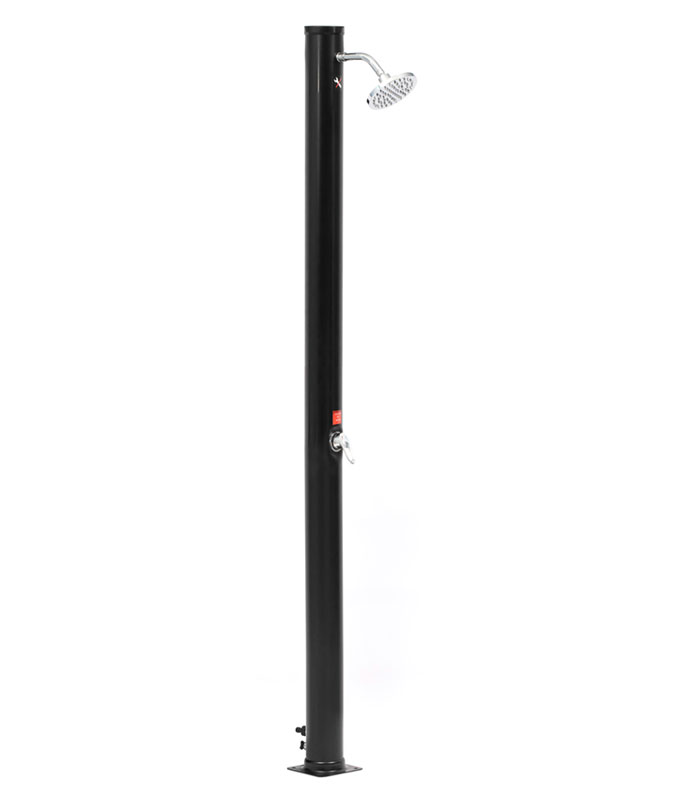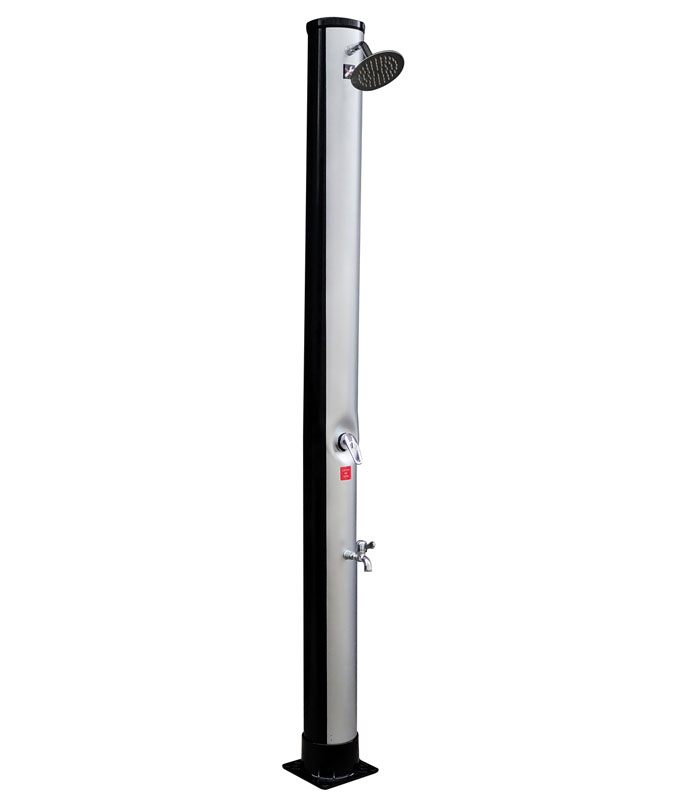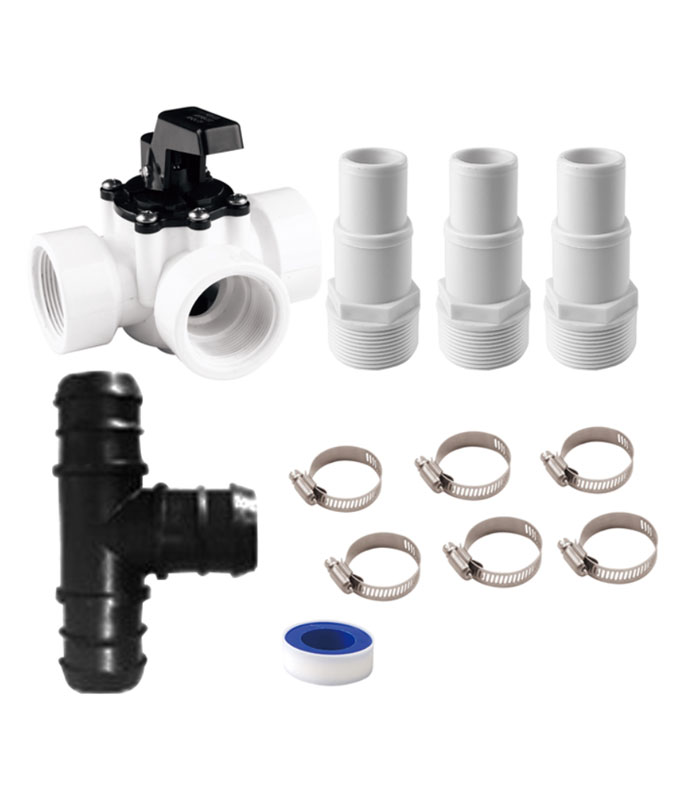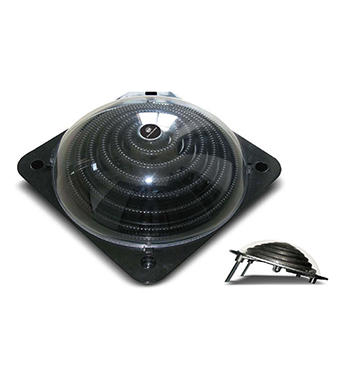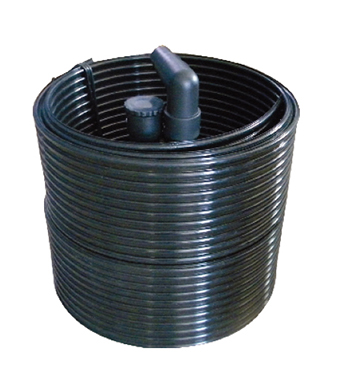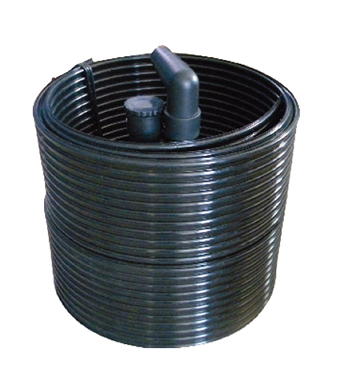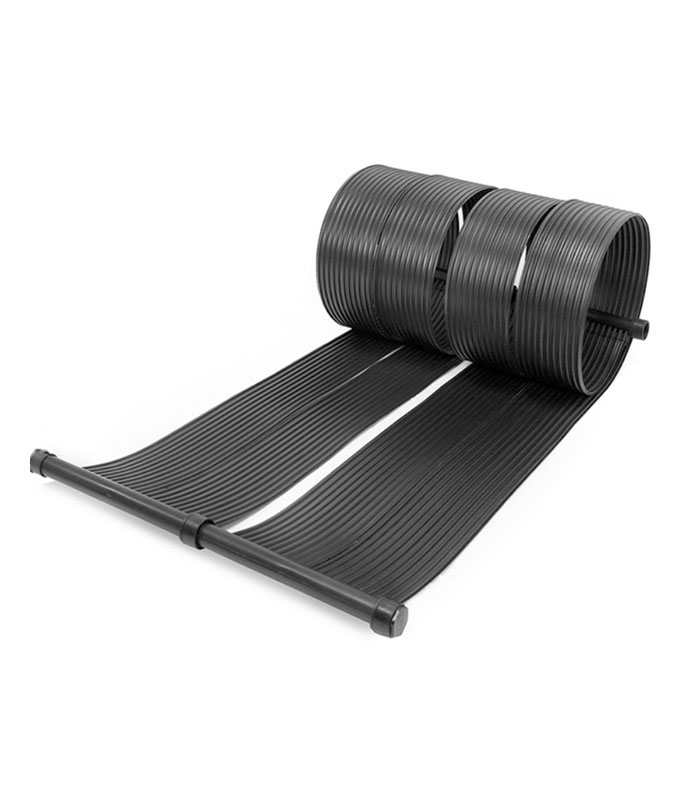Scheduling robotic pool cleaners ensures your pool stays consistently clean while saving you valuable time. It simplifies multi-facility management: how does one robotic pool cleaner cover the cleaning schedules of 5 pools? Modern devices, like the AquaJack 900, offer advanced features such as smart apps and timers, making scheduling effortless. Learn more at
https://www.cnpoolstar.com/product/aquajack-900-solar-powered-robotic-pool-skimmer-442.html.
Key Takeaways
- Set timers or use apps to run your pool cleaner. This saves time and keeps your pool clean without extra work.
- Check how often your pool needs cleaning to plan better. This avoids repeating tasks and makes sure every pool is cleaned well.
- Watch how your cleaner works and change the schedule if needed. This keeps cleaning effective and helps your cleaner last longer.
Understanding Robotic Pool Cleaners and Their Scheduling Capabilities
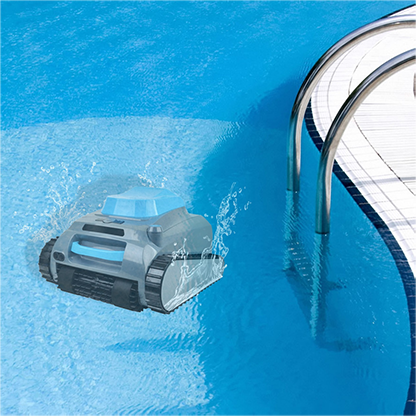
Key Features That Enable Scheduling
Robotic pool cleaners come equipped with advanced features that make scheduling simple and effective. These devices often include built-in timers, allowing you to set specific cleaning times. Some models also feature programmable cleaning cycles, enabling you to choose between daily, weekly, or customized schedules. This flexibility ensures your pool gets cleaned when it’s most convenient for you.
Many robotic pool cleaners now integrate with smart technology. Wi-Fi and Bluetooth connectivity allow you to control and schedule cleanings through a mobile app. This feature eliminates the need for manual adjustments and provides real-time updates on the cleaning process. Additionally, sensors in these devices detect debris levels and adjust cleaning intensity automatically, ensuring optimal performance.
How Scheduling Works: Timers, Apps, and Smart Technology
Scheduling a robotic pool cleaner involves using its built-in tools to automate the cleaning process. Timers are the most basic feature, letting you set specific start and stop times. For example, you can program the cleaner to run early in the morning before the pool is in use. This ensures the pool is ready without requiring your intervention.
Mobile apps take scheduling to the next level. These apps allow you to create detailed cleaning plans, monitor progress, and even pause or reschedule cleanings remotely. Some apps also provide notifications, so you know when the cleaning cycle is complete or if the device needs maintenance.
Smart technology enhances scheduling by learning your pool’s cleaning needs over time. Advanced models analyze factors like pool size, shape, and usage patterns to recommend the best cleaning schedule. This feature saves you time and ensures consistent results.
Multi-facility Management: How Does One Robotic Pool Cleaner Cover the Cleaning Schedules of 5 Pools
Managing multiple pools with a single robotic pool cleaner may seem challenging, but it’s entirely possible with efficient scheduling. Start by assessing the cleaning needs of each pool. Factors like size, usage frequency, and debris levels will help you determine how often each pool requires cleaning.
Once you have this information, use the cleaner’s scheduling features to create a rotation plan. For example, you can assign specific days to each pool, ensuring all pools are cleaned regularly. Mobile apps make this process easier by allowing you to manage multiple schedules in one place.
Some robotic pool cleaners are designed for multi-facility management. These models often include larger debris bins and longer battery life, enabling them to handle multiple cleaning sessions without frequent maintenance. By leveraging these features, you can ensure all pools remain clean and well-maintained.
Tip: To avoid overlapping schedules, create a detailed plan and stick to it. Regularly check the cleaner’s performance to ensure it meets the needs of each pool.
Benefits of Efficient Scheduling

Time Savings and Reduced Manual Effort
Efficient scheduling saves you time by automating the cleaning process. Instead of manually operating the pool cleaner, you can set it to work at specific times. This allows you to focus on other tasks or simply enjoy your day.
Modern robotic pool cleaners also reduce manual effort. You no longer need to scrub the pool walls or remove debris by hand. The device handles these tasks for you, ensuring a spotless pool with minimal input.
Tip: Use the mobile app to adjust schedules remotely. This feature is especially helpful if you’re managing multiple pools or have a busy lifestyle.
Improved Cleaning Performance and Consistency
Scheduled cleanings ensure your pool stays consistently clean. By setting regular cleaning times, you prevent debris from building up. This improves water quality and makes the pool more inviting.
Robotic pool cleaners also deliver better performance when used consistently. Their sensors and smart technology adapt to your pool’s needs, ensuring thorough cleaning every time. Regular use helps maintain the pool’s appearance and prevents long-term issues like algae growth.
Cost-Effective Maintenance Across Multiple Pools
Scheduling helps you manage maintenance costs effectively. By cleaning pools regularly, you reduce the need for expensive deep cleanings or repairs. Robotic cleaners also use energy efficiently, lowering electricity costs.
If you manage multiple pools, efficient scheduling ensures each pool gets the attention it needs. This prevents uneven wear and tear, extending the lifespan of your equipment.
Note: Regularly check the cleaner’s filters and brushes. Proper maintenance keeps the device running efficiently and saves you money in the long run.
Step-by-Step Guide to Scheduling Robotic Pool Cleaners
Setting Up a Cleaning Schedule for a Single Pool
Creating a cleaning schedule for a single pool is straightforward. Start by assessing your pool's cleaning needs. Consider factors like how often the pool is used, the amount of debris it collects, and the surrounding environment. For example, a pool near trees may require more frequent cleaning due to falling leaves.
Once you understand your pool's requirements, use the robotic cleaner's built-in timer or mobile app to set a schedule. Most devices allow you to choose daily, weekly, or custom cleaning cycles. If your pool sees heavy use, you might schedule cleanings every day. For lighter use, a weekly schedule may suffice.
To ensure optimal performance, set the cleaner to run during off-peak hours. Early mornings or late evenings work well, as the pool is typically unused during these times. This approach ensures the pool is ready whenever you need it.
Tip: Regularly check the cleaner's filters and brushes. Keeping them clean ensures the device operates efficiently and extends its lifespan.
Managing Schedules for Multiple Pools Effectively
Handling multiple pools with one robotic cleaner requires careful planning. Begin by evaluating each pool's cleaning needs. Pools with higher usage or more debris will need more frequent attention. Create a priority list based on these factors.
Next, use the cleaner's scheduling features to assign specific days or times to each pool. For instance, you could clean Pool A on Mondays and Thursdays, Pool B on Tuesdays and Fridays, and so on. Many robotic cleaners come with mobile apps that simplify this process, allowing you to manage multiple schedules from one interface.
If you're managing five pools, consider the cleaner's capabilities. Some models are designed for multi-facility management: how does one robotic pool cleaner cover the cleaning schedules of 5 pools? These advanced devices often feature larger debris bins and extended battery life, making them ideal for handling multiple pools without frequent interruptions.
Note: Monitor the cleaner's performance regularly. Adjust the schedule as needed to ensure all pools remain clean and well-maintained.
Tips for Avoiding Overlapping Schedules and Ensuring Coverage
Overlapping schedules can disrupt the cleaning process, especially when managing multiple pools. To avoid this, create a detailed plan that accounts for each pool's cleaning needs and the cleaner's availability. Use a calendar or scheduling app to map out the cleaning times for each pool.
When setting schedules, leave a buffer between cleaning sessions. This ensures the cleaner has enough time to recharge or undergo maintenance if needed. For example, if Pool A's cleaning ends at 10:00 AM, schedule Pool B's cleaning to start at 11:00 AM.
If you're using a robotic cleaner for multi-facility management: how does one robotic pool cleaner cover the cleaning schedules of 5 pools? The answer lies in efficient planning and leveraging the cleaner's advanced features. Use the mobile app to monitor progress and make real-time adjustments if necessary.
Tip: Keep a log of the cleaning schedules and any issues that arise. This helps you identify patterns and make improvements over time.
Common Challenges and Solutions

Overlapping Schedules for Multiple Pools
Overlapping schedules can disrupt cleaning efficiency, especially when managing several pools. You can avoid this issue by creating a detailed cleaning plan. Start by listing each pool and its cleaning requirements. Assign specific days and times to each pool based on its usage and debris levels.
Using a mobile app simplifies this process. Many robotic pool cleaners allow you to set and adjust schedules remotely. This feature helps you monitor progress and prevent overlaps. Always leave a buffer between cleaning sessions. For example, if Pool A finishes at 9:00 AM, schedule Pool B to start at 10:00 AM.
Tip: Keep a calendar or spreadsheet to track cleaning times. This ensures you stay organized and avoid scheduling conflicts.
Addressing Maintenance Needs and Unexpected Issues
Robotic pool cleaners require regular maintenance to perform efficiently. Check the filters, brushes, and debris bins after each cleaning session. Clean or replace these parts as needed to prevent malfunctions.
Unexpected issues, like a cleaner getting stuck, can occur. Modern devices often send alerts through their apps. You can use these notifications to address problems quickly. Keep a troubleshooting guide handy for common issues, such as connectivity problems or sensor errors.
Note: Schedule periodic inspections of your cleaner. This proactive approach reduces downtime and extends the device’s lifespan.
Ensuring Compatibility with Different Pool Types and Sizes
Not all robotic pool cleaners work well with every pool type. Before purchasing, check the device’s specifications. Ensure it supports your pool’s size, shape, and surface material. For example, some cleaners are better suited for vinyl pools, while others excel on concrete surfaces.
If you manage multiple pools, choose a versatile model. Look for features like adjustable cleaning modes and powerful suction. These capabilities allow the cleaner to adapt to different pool conditions.
Tip: Consult the manufacturer’s guidelines to confirm compatibility. This step saves you time and ensures optimal performance.
Efficient scheduling transforms how you maintain your pool. By using the advanced features of robotic pool cleaners, you ensure consistent cleaning with minimal effort. Explore the scheduling tools available on your device. These features save time, improve cleaning performance, and reduce manual work.
Tip: Start small. Experiment with different schedules to find what works best for your pool.
FAQ
How often should you schedule your robotic pool cleaner?
You should schedule it based on your pool's usage and environment. For heavy use or debris-prone areas, daily cleaning works best. Weekly cleaning suffices for lighter use.
Tip: Adjust the schedule seasonally to match changing debris levels.
Can robotic pool cleaners handle large pools?
Yes, many models can clean large pools efficiently. Check the cleaner's specifications for maximum pool size compatibility. Advanced models often feature extended battery life and powerful suction.
Note: Choose a model designed for your pool's dimensions for optimal results.
What happens if the robotic cleaner gets stuck?
Most modern cleaners send alerts through their apps when stuck. You can manually reposition the device or follow the troubleshooting guide provided by the manufacturer.
Emoji Tip: Regularly inspect the pool for obstacles to prevent this issue.

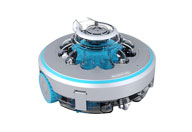 Robotic Pool Cleaner
Robotic Pool Cleaner 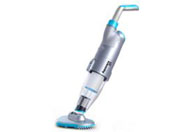 Portable Pool Vacuum Cleaner
Portable Pool Vacuum Cleaner 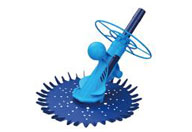 Automatic Pool Cleaner
Automatic Pool Cleaner 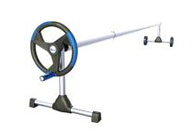 Pool Cover Reel
Pool Cover Reel  Pool Cleaning Accessories
Pool Cleaning Accessories 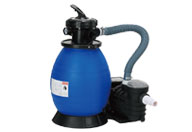 Pool Filter Pump
Pool Filter Pump 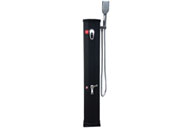 Pool Solar Shower
Pool Solar Shower 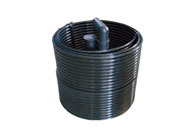 Pool Solar Collector
Pool Solar Collector 

